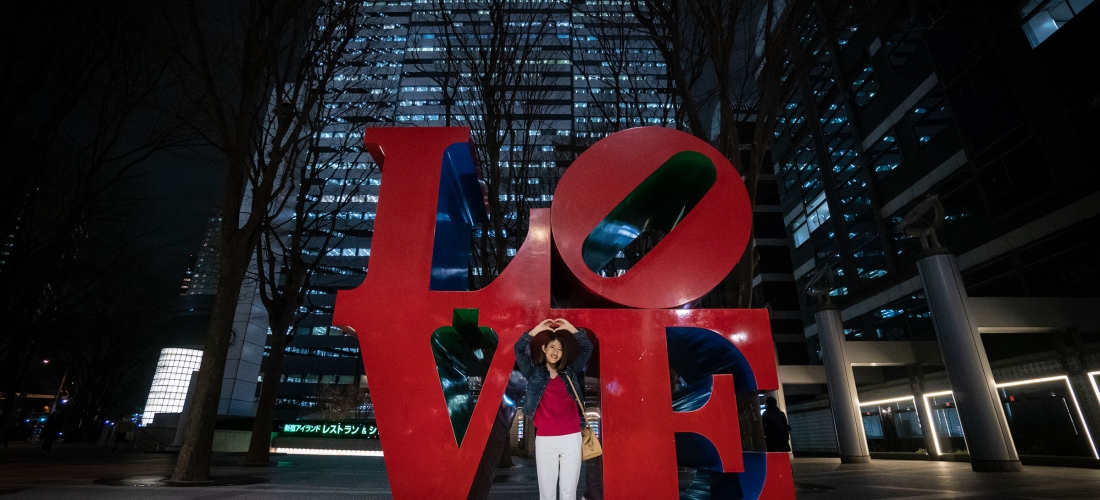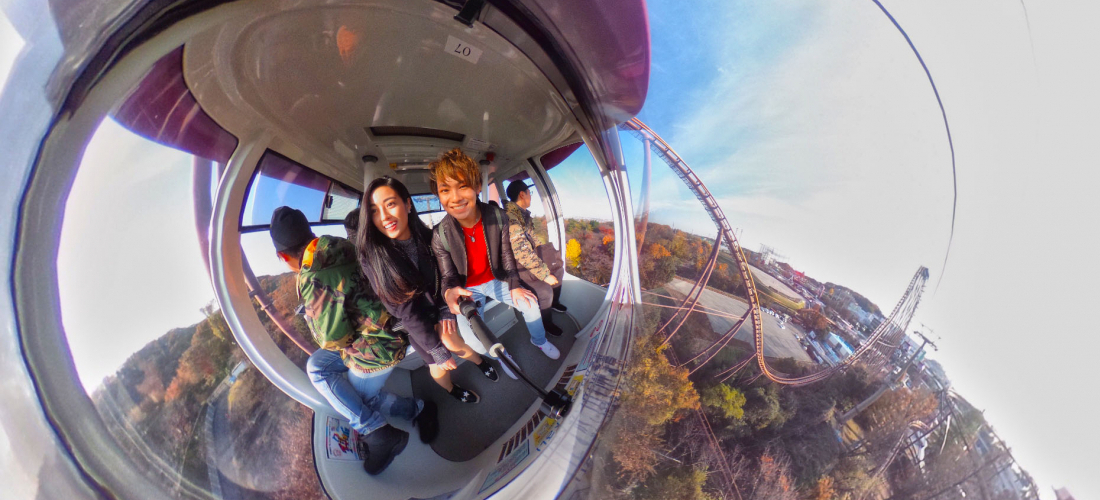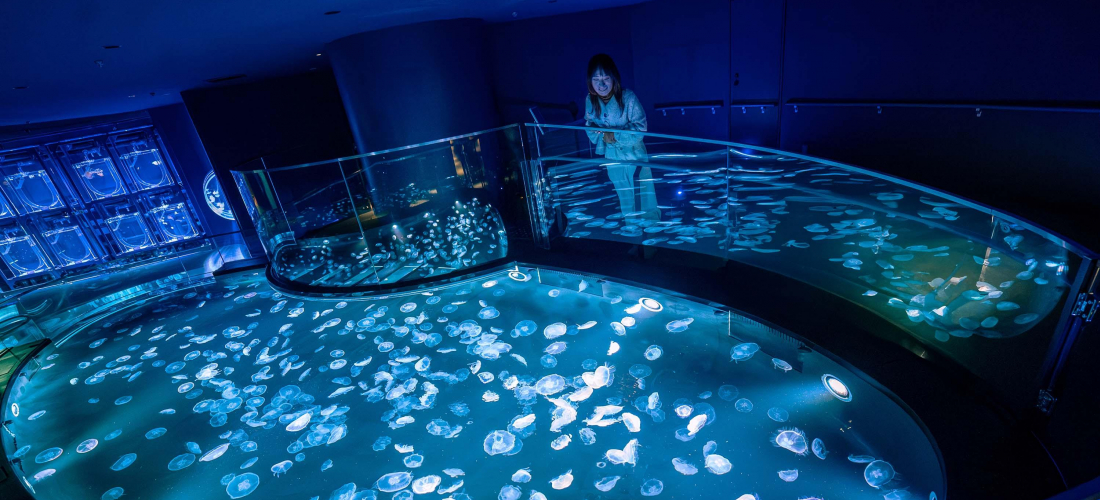
CONTENTS
Famous for its gorgeous jellyfish displays, and right near Tokyo, Enoshima Aquarium (新江ノ島水族館)is a common destination in Japanese television shows based in the big city. Take a special someone on a date to Enoshima Aquarium to recreate any number of romantic Japanese drama scenes, sharing a kiss backlit by a gently glowing fish tank… it’s a must for any fans of Nagareboshi, or netflix anime (turned drama) Princess Jellyfish! But the aquarium has plenty to offer, whether you like Japanese TV or not, with an enormous tank recreating the local Sagami Bay, sea turtle projects, and a long history of research into jellyfish keeping. Sat right on the beach of Enoshima Island, with Mt. Fuji visible across the water, Enosui (its Japanese nickname) is a relaxing visit just a short way from the hustle and bustle of Tokyo. Perfect as a date spot near Tokyo, or for an outing with friends and family.
Found All Over Japanese Television: The New Enoshima Aquarium
There's a reason why so many shows like Nagareboshi and Princess Jellyfish have used Enoshima Aquarium as a setting for scenes (most of them aren't about jellyfish otaku!) – since the aquarium went through a total renovation in 2004, the new exhibits have made the aquarium a destination for Tokyoites and international travelers alike. With the rest of Enoshima Island drawing visitors to admire the local flowers and spend time on the beaches, a stop at the aquarium makes for a full day trip from Tokyo!
Enoshima Aquarium also has a long history of innovation, with its researchers working for the past 60+ years to come out with cutting-edge jellyfish keeping technology. We can thank Enoshima for the know-how used these days to create jellyfish tanks in aquariums all over the world. To this day, the aquarium continues to look to the future – they even have their own phone app, a multi-lingual guide to the aquarium and the creatures inside.
About Enoshima Aquarium
Enoshima Aquarium takes up most of a large rectangular plot of land just steps from the beach of Enoshima Island, and right on the Sagami Bay. With Mt. Fuji visible across the water, the famous mountain even makes its way into the background of pictures taken while watching the aquarium's dolphin shows. When the weather's clear, it's a fairly idyllic setting.
It's also easy to get to from Tokyo. If it's a rainy day, you can take a JR line to Fujisawa Station and transfer to the Odakyu line, getting off at Katase-Enoshima Station, only 3 minutes from the aquarium on foot. With a little bit of good timing, you can also take the Odakyu line straight from Shinjuku Station! If you're coming from Kamakura instead (which makes for a great trip), you can take the Enoden line to Enoshima Station and walk just 10 minutes to Enoshima Aquarium. When the weather's nice, this gives you a great chance to enjoy the sea breeze coming off the water.
2-19-1 Katasekaigan, Fujisawa, Kanagawa
Access | Odakyu Katase-Enoshima Station, Enoden Enoshima Station, Shonan-Enoshima Station
Hours | Mar ~ Nov: 9:00 – 17:00 / Dec ~ Feb: 10:00 – 17:00
(final entry ~16:00, hours subject to change)
Admission* | Adults: 2,400 yen / High Schoolers: 1,500 yen
Middle & Elementary Schoolers: 1,000 yen / Children 3+: 600 yen
Official Website (en) / (jp)
The Enoshima Aquarium is split up into 14 different areas, fitting a huge variety of exhibits into one building. Not only can you check out the gorgeous jellyfish in the Jellyfish Fantasy Hall, you can also learn about the aquarium's research contributions, and about the jellyfish themselves, in the Jellyfish Science area just down the hall. Plus, a very cool part of Japanese aquariums, learn about the local wildlife in their huge Sagami Bay Zone. A look inside this tank is like a snapshot of the ocean life right next door. There's a little bit of everything!
Sagami Bay Zone: Treasures from Offshore
Despite being located just steps from the Sagami Bay beach, Enoshima Aquarium offers a better view of the local wildlife than you would get from diving right into the water! The Sagami Bay Zone is one enormous tank that gives visitors a chance to see how the local ocean life really behaves, thanks to the 20,000 animals of 100 different kinds living together in the enclosure every day. (Thanks to carefully-planned regular feedings, though, predators mostly go without eating the other fish on display.) In order to recreate the genuine habitats of these 100 different species, not only is there "open ocean" space in the tank, there are plenty of small enclaves, rocky caves and sandy nooks, that create shelter for the animals that seek it. Circle the space to peek in on all the different creatures living hidden lives so close by.
Since the Sagami Bay is a famous spot for sardine fishing in Japan, of course there are plenty of them in the tank! Nearly 8,000 silvery-skinned sardines school together and dart around the tank throughout the day, in a beautiful, fishy dance.
Jellyfish Fantasy Hall: A Visit Under the Sea, or Just to a Drama Set?
Enoshima Aquarium has been at the forefront of jellyfish research, especially investigating how to keep tanks of jellyfish happy and healthy enough to successfully breed, and it shows when you walk into their Jellyfish Fantasy Hall. Huge tanks wrap around the hall like giant moving jellyfish paintings, making it seem like a dreamy trip into a fantasy world (to us it felt a little like Harry Potter). In the center of the round room is a crystal ball of jellyfish, with the glowing gelatinous creatures floating up and then dropping slowly to the bottom of the tank like bright meteors.
The room has 14 different varieties of jellyfish, and is known as one of the world's best jellyfish exhibits. It's fascinating for jellyfish fanatics, but a relaxing experience for busy travelers as well. Sit down on one of the many benches and watch the soothing jellyfish slowly swim across the broad tanks…
The gorgeous jellies are also complemented by projection mapping on the walls and ceiling. Plus, one of the aquarium's shows is an extravagant full-room projection mapping experience called Kurage no Sora (海月の宇宙, or jellyfish sky). Gather in the center of the Jellyfish Fantasy Hall, sit on the floor with any little ones, and watch the walls transform as you float down beneath the waves to learn about the world of the jellyfish.
Sea Turtle Beach: An Eco-Friendly Experiment
Japan is the only breeding ground for many sea turtles in the North Pacific, and these visitors from far ashore come to quietly lay their eggs on the beaches of the Sagami Bay from May to August each year. While numerous factors interrupt the turtles' egg-laying process, the Enoshima Aquarium and local residents take their responsibility to the animals seriously, taking various precautions to create a space welcoming for the turtles. The aquarium spearheads beach cleanings and other protections for the visiting loggerhead turtles, but as part of their "eco action" efforts they also continue sustainability-focused scientific research on a small sea turtle population kept in a spacious imitation beach tank at the aquarium. A look around the Sea Turtle Beach will teach you about the research they're undertaking, and give you a good view of the beautiful turtles that they're trying to protect, as they take leisurely, elegant laps around the enclosure.
On Saturdays, Sundays, and Holidays up to 20 people can purchase tickets for the Sea Turtle Touch interactive program, where you can gently touch the turtles' backs and feed them a snack. Tickets are first come first serve, and 500 yen* each.
(*Prices as of date of publication.)
Dolphin Show Stadium: Strong Teamwork Resulting in Elegant Marine Dances
Head to the beachfront dolphin pool for spectacular shows, another highlight of the aquarium. Dolphins frolic in the water while the open bay, Enoshima Island, and Mt. Fuji are all visible in the background. The dolphin performers are an interesting variety, with some species native to the very sea waters you see behind them, and some from other parts of the world. All of them work regularly with the aquarium staff, keeping the dolphins entertained and their brains busy, while they form bonds strong enough to pull off some pretty cool tricks.
The Enoshima Aquarium Shows
After you've checked out all the aquarium's main exhibits, you can take a break and rest your feet while you watch the aquarium's animals and staff show off just what they can do together.
The Dolphin Show Stadium offers two different kinds of shows, titled "Kizuna" and "Dolferia." Kizuna is their every-day show performed most days, but the contents aren't all that every-day! Kizuna features not just dolphins, but also sea lions in the same show. Dolferia is a uniquely artistic dolphin show, and performances are limited to weekends and holidays. For exact times, you can check out their show schedule in Japanese.
Kizuna: A chance to ponder how dolphins and sea lions think and feel with their trainers, while watching them pull off some fantastic stunts.
Location: Dolphin Show Stadium
Show Length: 20 min
Times: 4x a day on weekdays, 2x on weekends
Dolferia: A novel show in the world of aquariums, dancers both human and dolphin work together to create an exciting spectacle.
Location: Dolphin Show Stadium
Show Length: 20 min
Times: 2x a day on weekends & holidays
Penguiiin!: Get to know a penguin, and it'll reveal a whole lot of personality. So let the Enoshima Aquarium staff introduce you to their buddies, the penguins.
Location: Penguins and Seals Area
Show Length: 15 min
Times: 2x a day most days, 3x on holidays
Kurage no Sora: Learn about the history of jellyfish in the Sagami Bay, while projection mapping spreads images across the walls.
Location: Jellyfish Fantasy Hall
Show Length: 10 min
Times: 5x a day
Fins: Watch live underwater video taken by a diver inside the Sagami Bay tank to get a clearer, closer view of the sea creatures. Which is your favorite?
Location: Sagami Bay Zone
Show Length: 20 min
Times: 1x a day on weekdays, 2x on weekends
Feeling Hungry? They’ve Got Some Cute Eats!
Stomach starting to rumble? With three different spots for a bit to eat, Enoshima Aquarium has got you covered. The Ocean Cafe is the spot for a mid-trip snack, with some of the best aquarium-themed sweets and drinks. If you want to indulge while you watch the dolphins in action, the Stadium Cafe offers some convenient snacks right at hand. Finally, if you've worked up a hunger going walking through the whole aquarium, the Shonan Cafe is right at the aquarium's exit. Eat a heartier meal before you head home – it's a nice chance to try some local specialties.
One look at these cute sesame-flavored ice cream cones would tell a Japanese-speaker why they're selling them at the aquarium, but can you guess what they're themed after…?
The answer is the spotted seal! In Japan they say that the speckles on the seals' coats look like sesame seeds, so they're actually called "sesame seals" (ごまアザラシ, goma azarashi) in Japanese! The tasty ice cream cones sprinkled with sesame seeds do look a little like chubby spotted seals, don't they?
Spotted Seal Ice Cream (あざらしソフト)
Take-Out 370 yen / Eat-In 377 yen*
Available at the Ocean Cafe.
(*Prices as of date of publication.)
These guys shouldn't need much explanation, right? Melon bread shaped like… well, sea turtles of course! With three flavors (original, matcha, and strawberry) they make up an adorable menagerie of colorful bread.
Turtle Melon Bread (カメロンパン)
Take-Out 260 yen / Eat-In 265 yen*
Available at the Ocean Cafe.
(*Prices as of date of publication.)
Make Time for a Quick Gift Shop Trip
It's pretty hard to resist the lure of cute fish-themed souvenirs after visiting the aquarium, and the shop makes that even harder. Original goods featuring the aquarium's animals, key chains, shirts, convenient items like reusable shopping bags, silly hats and stuffed animals, toys of all kinds, there's something for everyone. That's not even mentioning the variety of Enoshima area mementos, and snacks made with local ingredients and flavors. If you're feeling lucky, you can try your hand at a souvenir lottery game: pay a flat fee, and it gives you a chance to win anything from a cute keychain to a giant, squishy stuffed animal, right then and there.
For a day trip out of Tokyo, the neighboring areas of Kamakura and Enoshima have long been popular destinations. But the weather doesn't always cooperate, and sometimes you just want to head somewhere both interesting and relaxing. Whether you want to imitate one of the many couples out on dates in Japanese dramas, or you just want a fun spot to check out with friends and family, a trip to Enoshima Aquarium is pretty foolproof!
Read more on exploring Kamakura and Enoshima right here, and learn about the Enoshima delicacy of shirasu, which you can try at the aquarium's Shonan Cafe! Cat lovers will also love the well taken care of kitties of Enoshima Island, but if you're looking for other day trip options out of Tokyo, we've got some for you here. And next time you visit Enoshima Aquarium, or somewhere cool nearby, tell us all about your experience on twitter, instagram, and facebook!
Details
NAME:Enoshima Aquarium (新江ノ島水族館)
MAP
ACCESS:Katase-Enoshima Station / Enoshima Station
COMMENT
FEATURED MEDIA
VIEW MOREMAP OF JAPAN
SEARCH BY REGION

LATEST
VIEW MOREEVENT CALENDAR
VIEW MOREMOST POPULAR
 Tokyo Winter Recommendation: Don’t Miss Tokyo Mega Illumination, Japan’s #1 Light Show
Tokyo Winter Recommendation: Don’t Miss Tokyo Mega Illumination, Japan’s #1 Light Show ป้ายยาสินค้าน่าซื้อในร้านขายยาญี่ปุ่น | KOWA ผลิตภัณฑ์เพื่อสุขภาพสำหรับคนยุคใหม่
ป้ายยาสินค้าน่าซื้อในร้านขายยาญี่ปุ่น | KOWA ผลิตภัณฑ์เพื่อสุขภาพสำหรับคนยุคใหม่ Okinawa Family Road Trip: Japanese Glasses Shopping at San-A Urasoe West Coast PARCO CITY, Discount Coupons, & Okinawa Sightseeing with JINS
Okinawa Family Road Trip: Japanese Glasses Shopping at San-A Urasoe West Coast PARCO CITY, Discount Coupons, & Okinawa Sightseeing with JINS


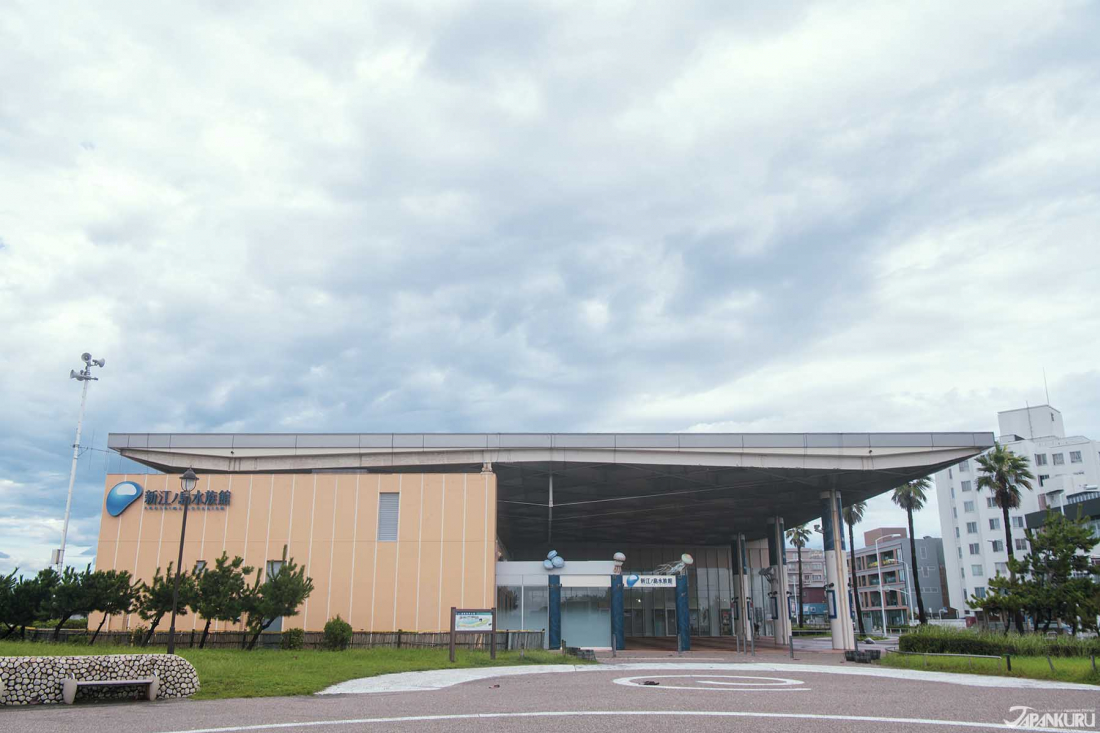
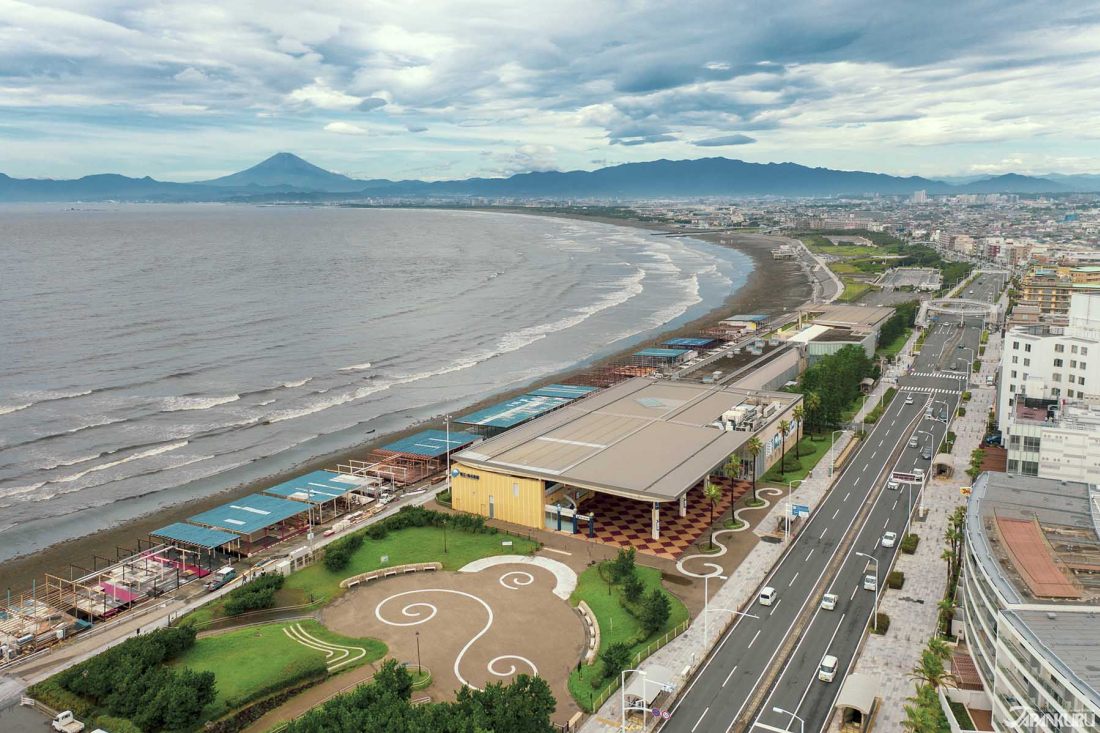

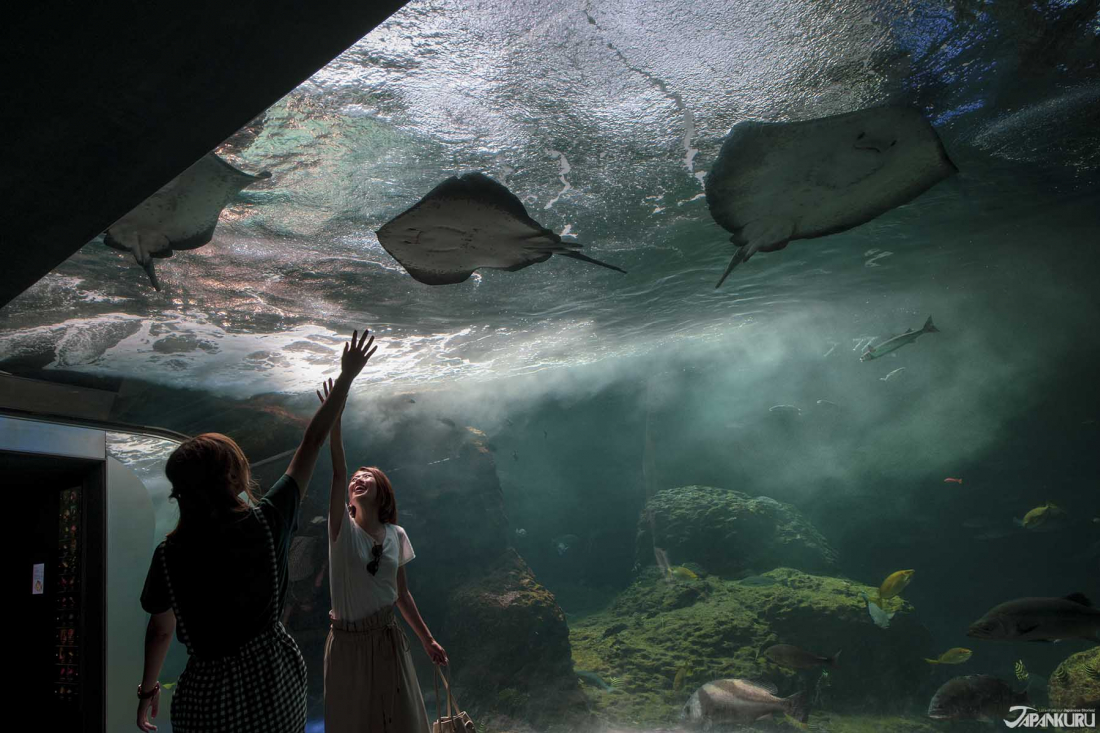

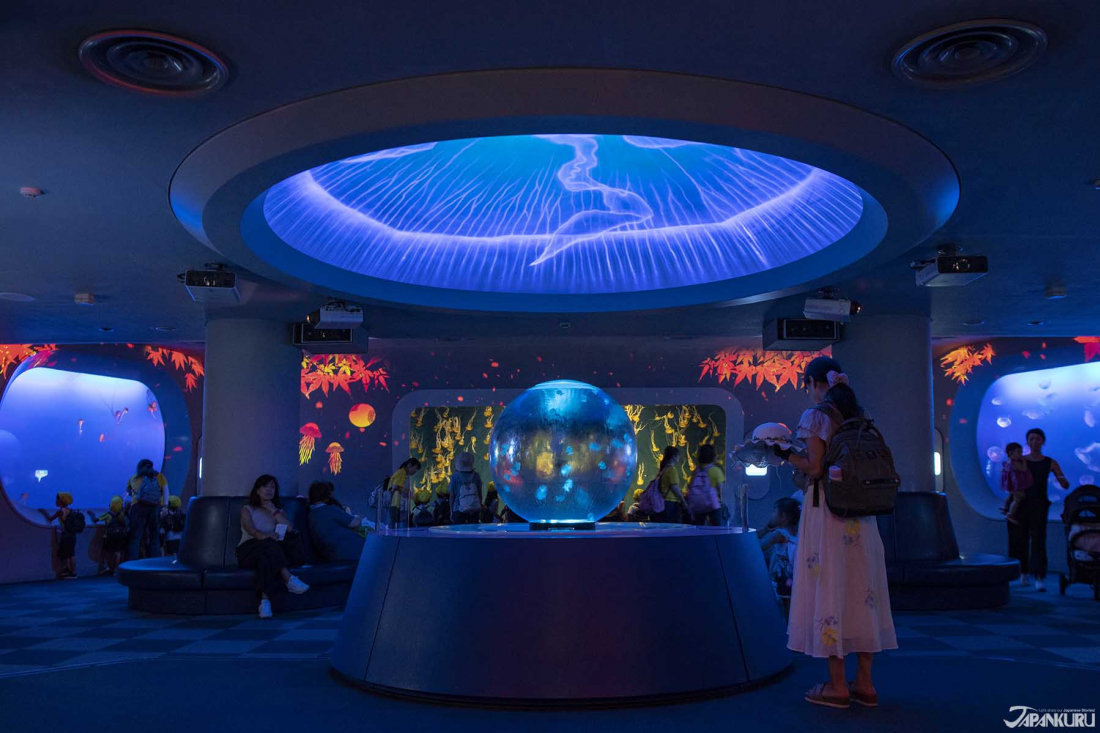


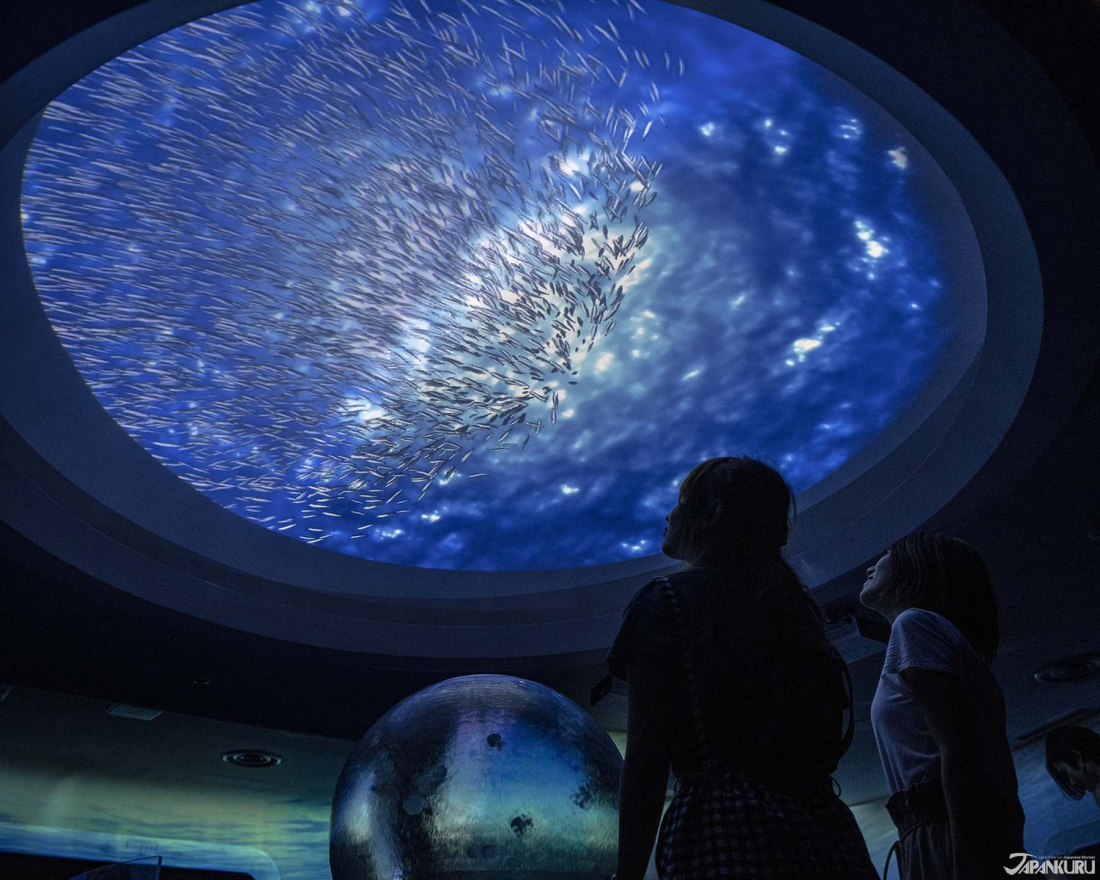
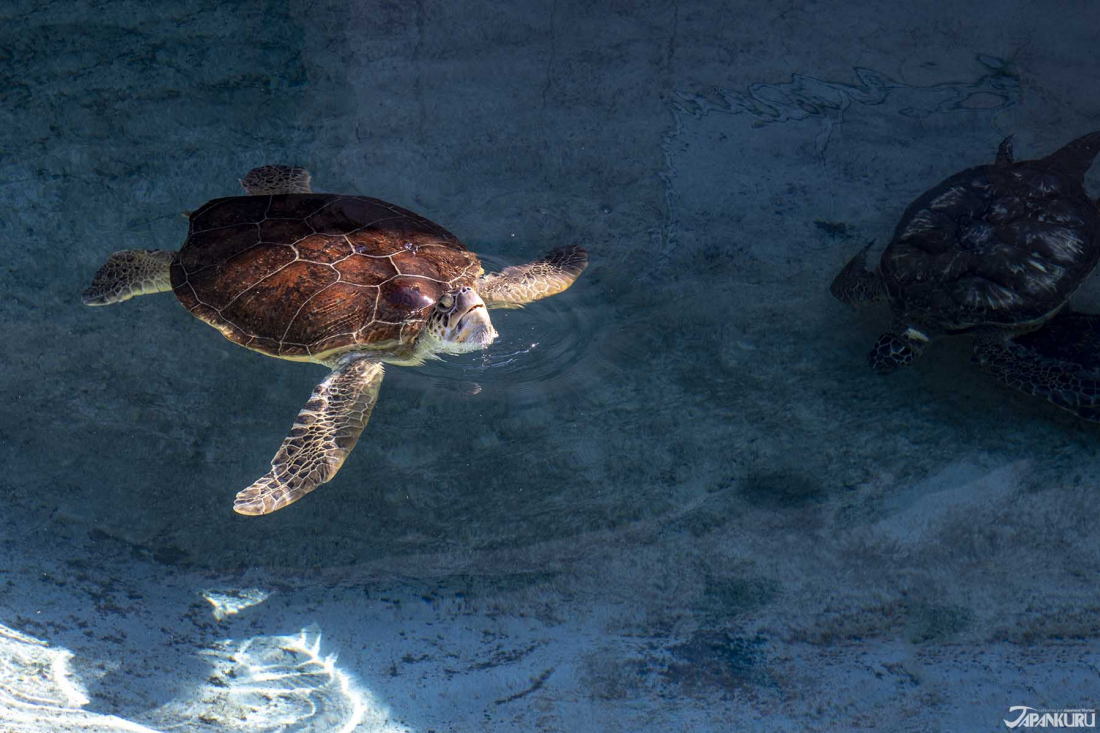

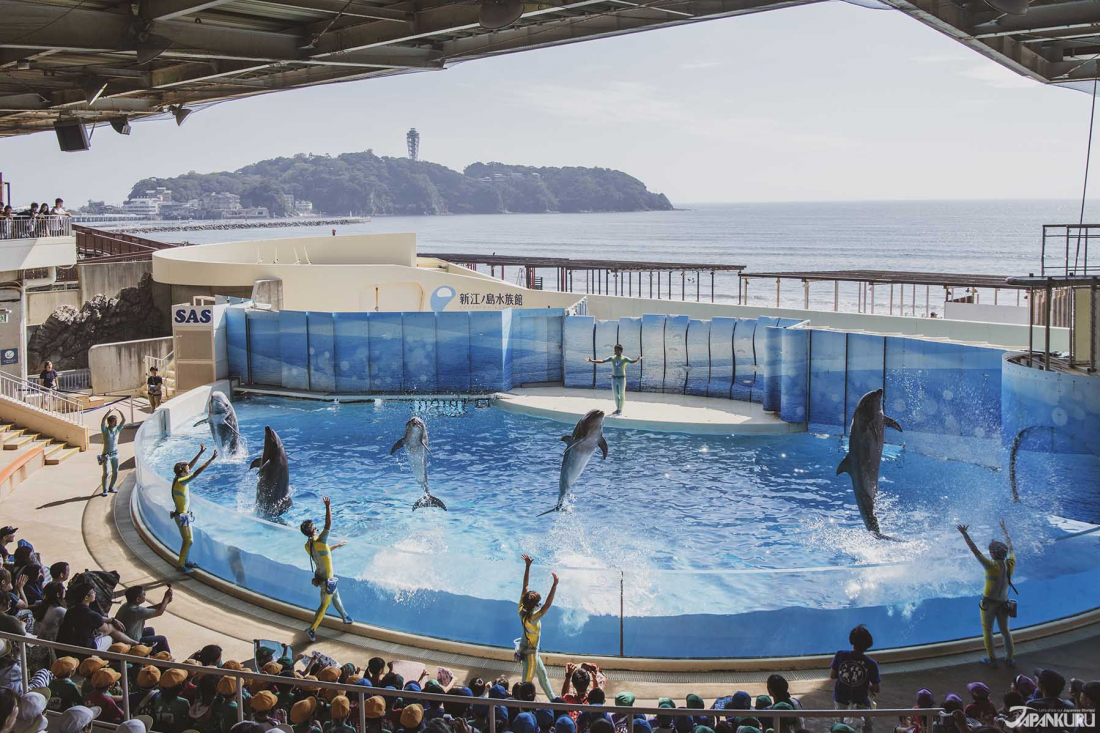

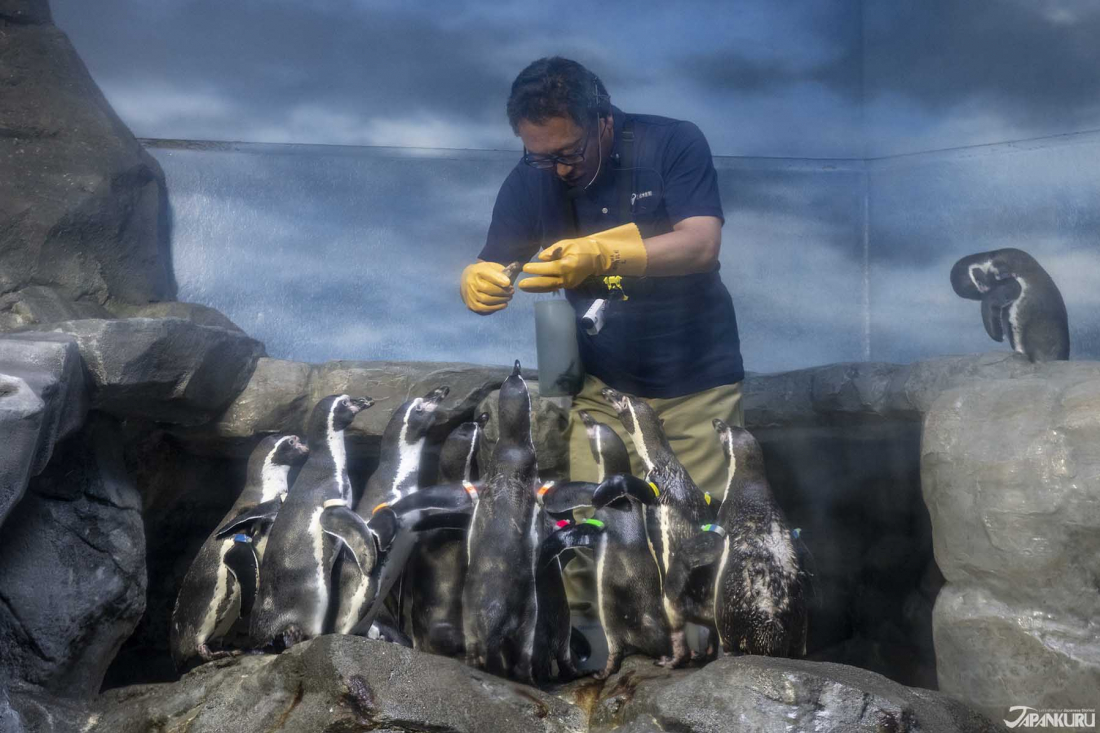



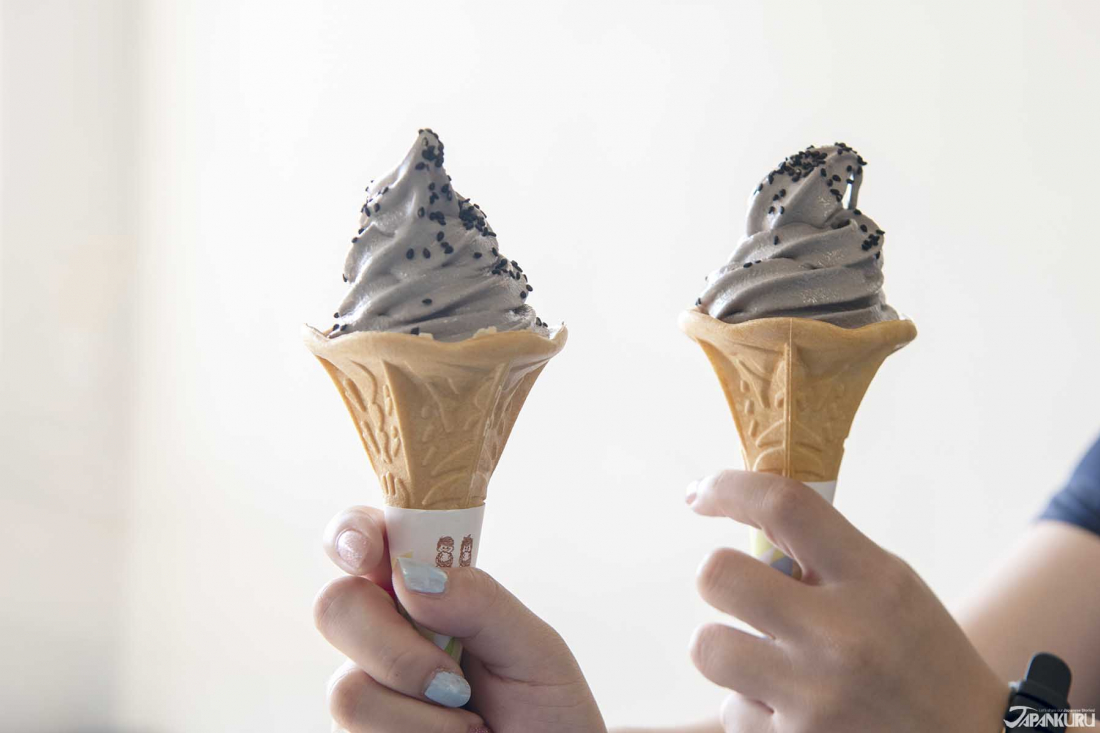


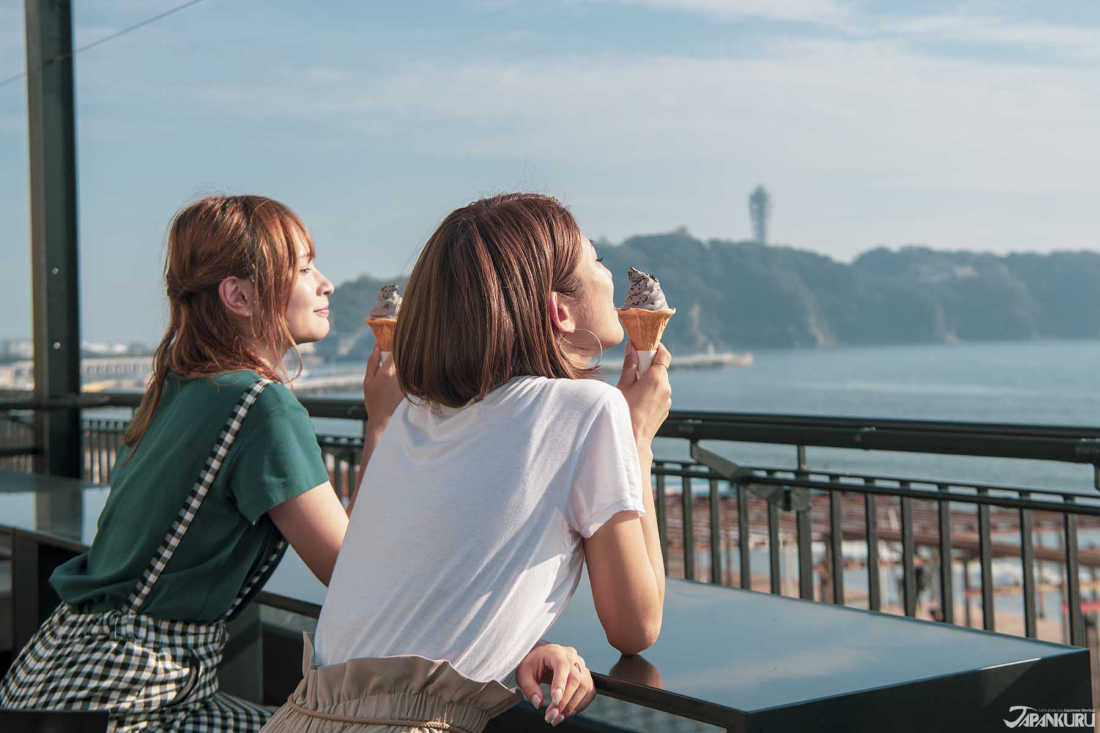




 >> Find out more at Japankuru.com! (link in bio)
#
>> Find out more at Japankuru.com! (link in bio)
#





 The Robot Restaurant is gone, but the Samurai Restaurant is here to take its place. Check it out, and don't forget your coupon!
The Robot Restaurant is gone, but the Samurai Restaurant is here to take its place. Check it out, and don't forget your coupon!
 신주쿠의 명소 로봇 레스토랑이 사무라이 레스토랑으로 부활! 절찬 쿠폰 발급중
신주쿠의 명소 로봇 레스토랑이 사무라이 레스토랑으로 부활! 절찬 쿠폰 발급중
 18歲以上才能入場的歌舞秀,和你想的不一樣!拿好優惠券去看看~
#tokyo #shinjuku #samurairestaurant #robotrestaurant #tokyotrip #도쿄여행 #신주쿠 #사무라이레스토랑 #이색체험 #할인이벤트 #歌舞伎町 #東京景點 #武士餐廳 #日本表演 #日本文化體驗 #japankuru #japantrip #japantravel #japanlovers #japan_of_insta
18歲以上才能入場的歌舞秀,和你想的不一樣!拿好優惠券去看看~
#tokyo #shinjuku #samurairestaurant #robotrestaurant #tokyotrip #도쿄여행 #신주쿠 #사무라이레스토랑 #이색체험 #할인이벤트 #歌舞伎町 #東京景點 #武士餐廳 #日本表演 #日本文化體驗 #japankuru #japantrip #japantravel #japanlovers #japan_of_insta
 코지마 x 빅 카메라 쿠폰으로 일본 가전 제품 쇼핑하기
#pr #japankuru #japanshopping #kojima #biccamera #japaneseskincare #yaman #dji #osmopocket3 #skincaredevice #日本購物 #美容儀 #相機 #雅萌 #日本家電 #일본여행 #면세 #여행꿀팁 #일본쇼핑리스트 #쿠폰 #일본쇼핑 #일본브랜드 #할인 #코지마 #빅카메라 #japankurucoupon
코지마 x 빅 카메라 쿠폰으로 일본 가전 제품 쇼핑하기
#pr #japankuru #japanshopping #kojima #biccamera #japaneseskincare #yaman #dji #osmopocket3 #skincaredevice #日本購物 #美容儀 #相機 #雅萌 #日本家電 #일본여행 #면세 #여행꿀팁 #일본쇼핑리스트 #쿠폰 #일본쇼핑 #일본브랜드 #할인 #코지마 #빅카메라 #japankurucoupon





























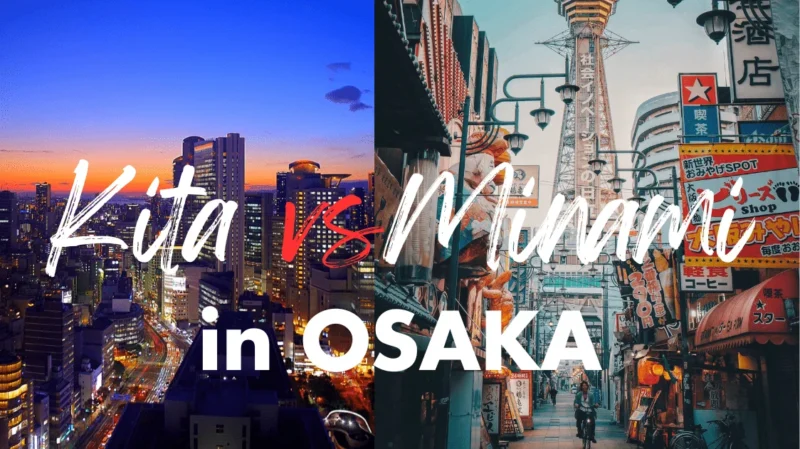



 Oita Hello Kitty Airport
Oita Hello Kitty Airport  Lands April 13th
Lands April 13th









